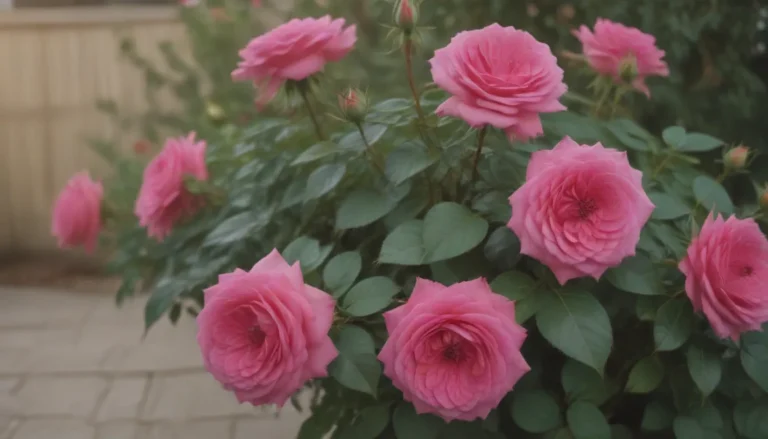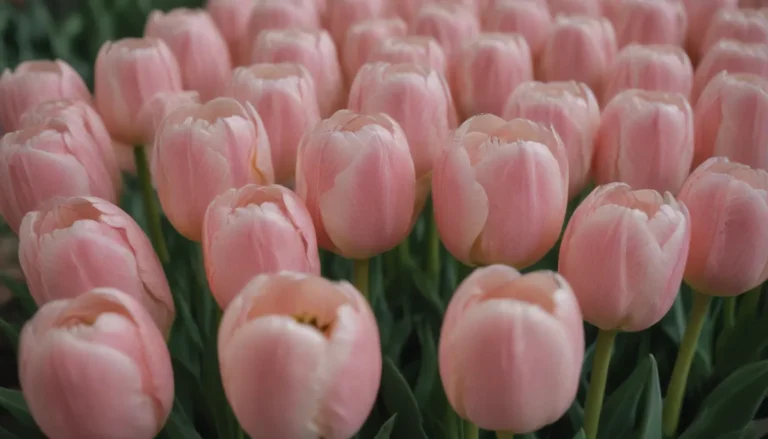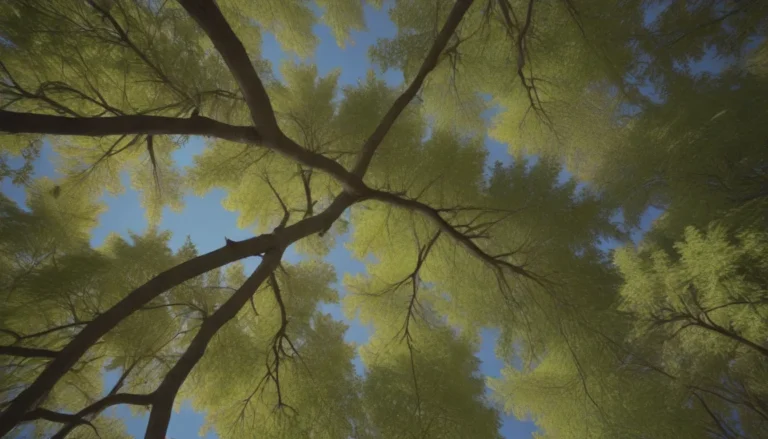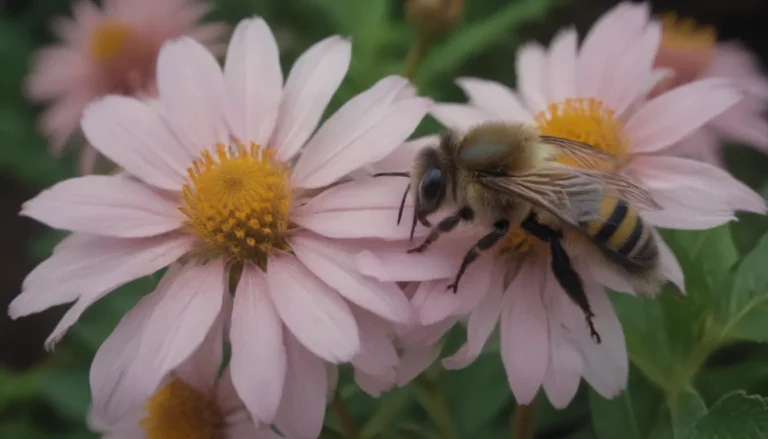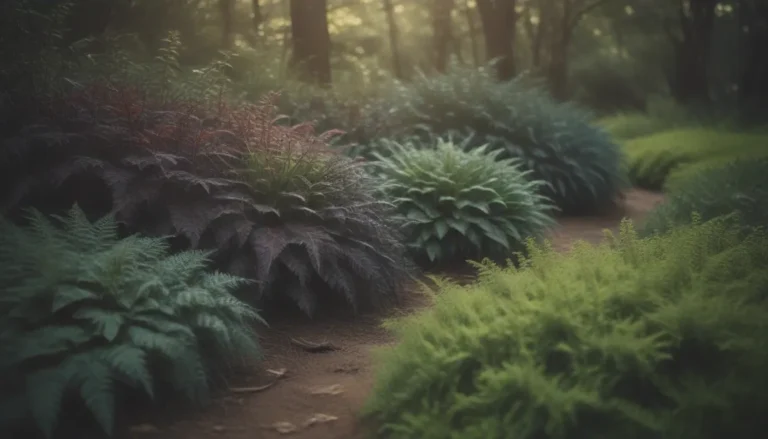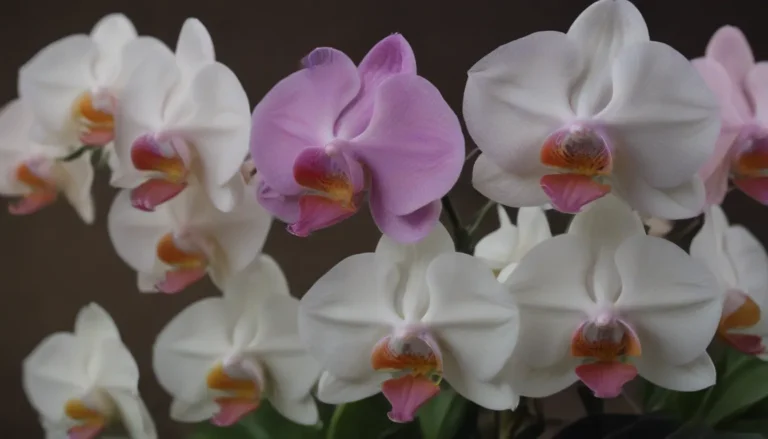Everything You Need to Know About Growing and Caring for Dwarf Mugo Pine
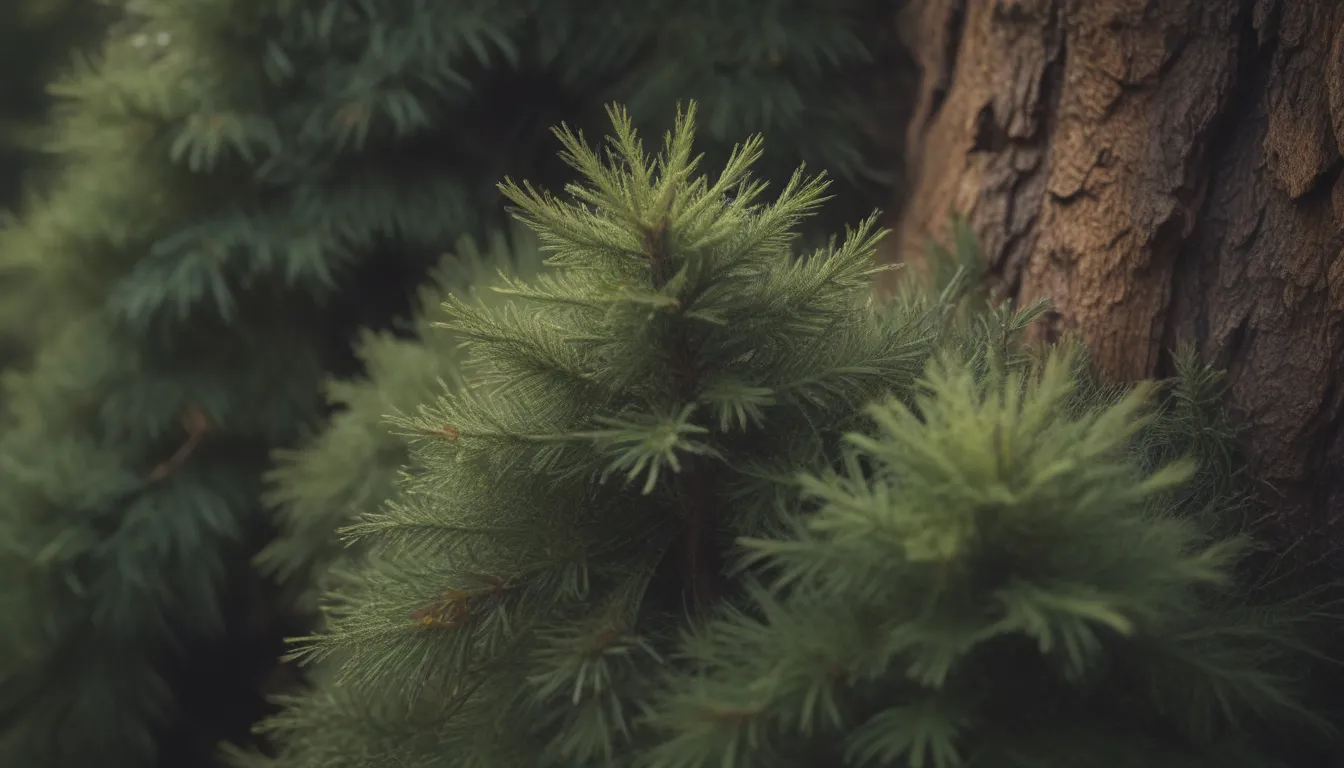
If you’re looking for a beautiful, low-maintenance shrub to add to your garden, look no further than the charming Dwarf Mugo Pine. These smaller varieties of the Mugo pine, also known as Swiss mountain pine, boast dark green needles and dense branches that make them a delightful addition to any landscape. In this comprehensive guide, we’ll walk you through everything you need to know to successfully grow and care for these lovely shrubs.
Getting Started with Dwarf Mugo Pine Care
Dwarf Mugo pines are quite resilient and can thrive in a variety of environments, including urban settings. To ensure your shrubs grow healthy and strong, here are the main care requirements to keep in mind:
Light
While Dwarf Mugo pines can tolerate some shade in cooler climates, they generally perform best when planted in full sun. In warmer regions, partial shade may be more suitable. Make sure to assess the light conditions in your garden and plant your shrubs accordingly.
Soil
Dwarf Mugo pines are not picky about soil pH, tolerating slightly acidic to slightly alkaline soils. They do best in well-draining soil, so ensure that your garden beds have good drainage. Sandy soil with organic matter is ideal for these shrubs.
Water
Young Dwarf Mugo pines require regular watering to keep the soil moist, especially during the summer months. Once established, they become moderately drought-tolerant and only need watering during extended dry periods. Water at the base of the plant and allow the soil to dry out between waterings.
Temperature and Humidity
Dwarf Mugo pines are hardy shrubs that can withstand a wide range of climates, from hot summers to cold winters. Their foliage is resistant to winter burn, making them a great choice for colder regions.
Fertilizer
While Dwarf Mugo pines generally do not require additional fertilization, an annual application of compost or organic soil amendments can benefit the shrubs, particularly those grown in containers.
Dwarf Mugo Pine Varieties to Explore
If you’re considering adding Dwarf Mugo pine to your garden, there are several fantastic varieties to choose from. Here are some popular options ideal for smaller landscapes:
- ‘Compacta’
- ‘Sherwood Compact’
- ‘Enci’
- ‘Gnome’
- ‘Mops’
- ‘Paul’s Dwarf’
- ‘Honeycomb’
Each of these varieties offers unique characteristics and can add a delightful touch to your outdoor space.
Pruning Tips for Dwarf Mugo Pine
One common challenge with Dwarf Mugo pines is their slow growth rate, which can lead to larger-than-expected plants in the garden. To keep your shrubs compact and well-shaped, consider pruning them in the spring by removing central shoots of new growth, known as “candles.” Trimming these shoots can help create a denser plant structure.
Propagating Dwarf Mugo Pine
If you’re looking to propagate Dwarf Mugo pine, it’s best to use cuttings rather than seeds to ensure consistency in shape and size. Growing from seeds found in pine cones can result in variations that may not match the desired cultivar type.
Overwintering Tips for Container Plants
While Dwarf Mugo pine planted in the ground is hardy down to USDA zone 2, container plants may need additional protection during winter. When temperatures drop below freezing, move container plants to a sheltered, unheated space to keep the roots insulated. Regular watering is essential to keep the soil moist during the winter months.
Dealing with Pests and Diseases
Dwarf Mugo pines are generally resistant to pests, but some gardeners may encounter issues with pine sawfly, pine needle scale, and various moth and borer species. Insecticidal soaps can help manage these pests, with the option of using chemical pesticides if necessary. Additionally, be mindful of fungal diseases like Dothistroma needle blight, which can be treated with fungicides in the spring.
Common Problems and Solutions for Dwarf Mugo Pine
While Dwarf Mugo pines are relatively low-maintenance, they may face challenges with wind damage in windy areas. Planting them near structures for protection can help mitigate this issue. These hardy shrubs are slow-growing and can take up to a decade to reach their full size, making them suitable for smaller spaces.
In conclusion, Dwarf Mugo pine is a versatile and beautiful shrub that can thrive in various environments with proper care and maintenance. By following the guidelines outlined in this article, you can enjoy the beauty of these charming shrubs in your garden for years to come. Experiment with different varieties, keep an eye out for pests and diseases, and enjoy the unique character and resilience of Dwarf Mugo pine in your landscape.
Remember, gardening is a journey of discovery and growth, so don’t be afraid to try new things and learn from your experiences. Happy gardening!
